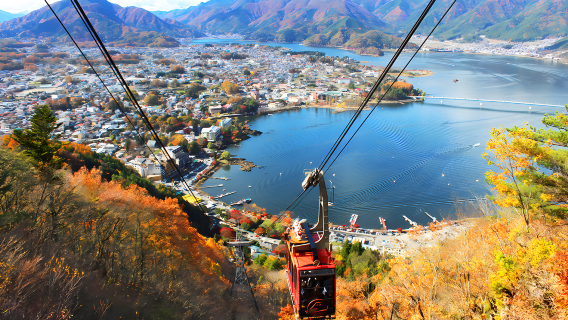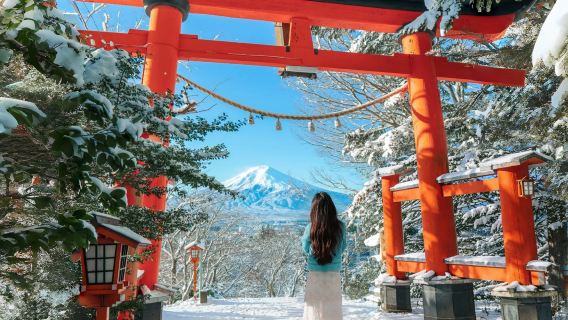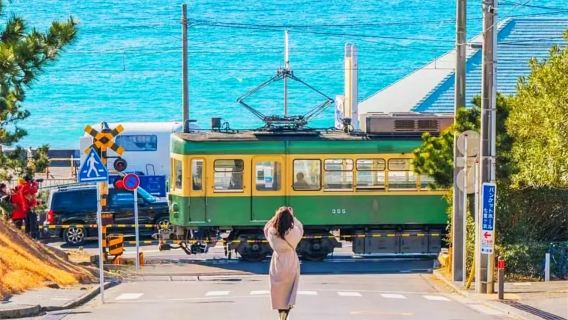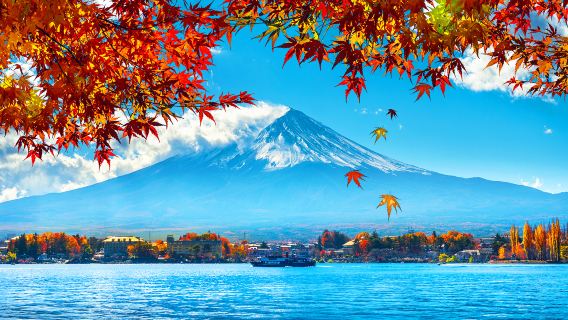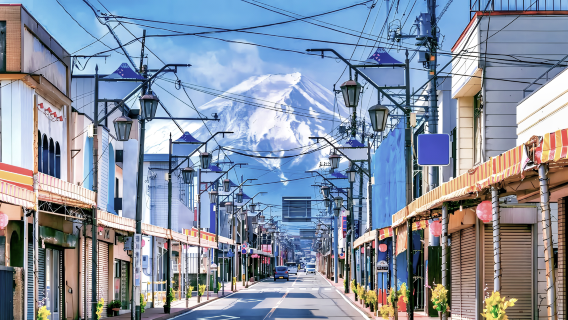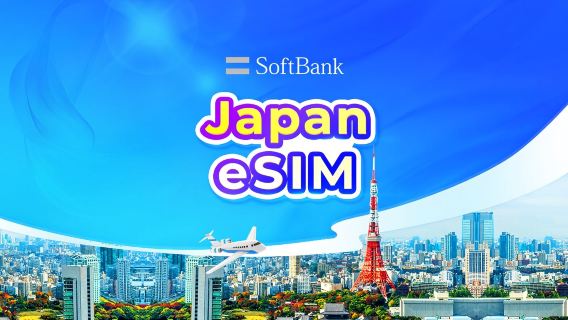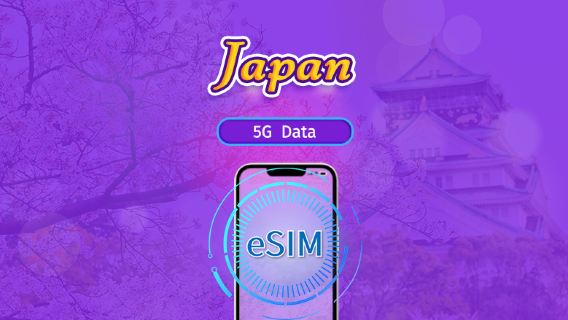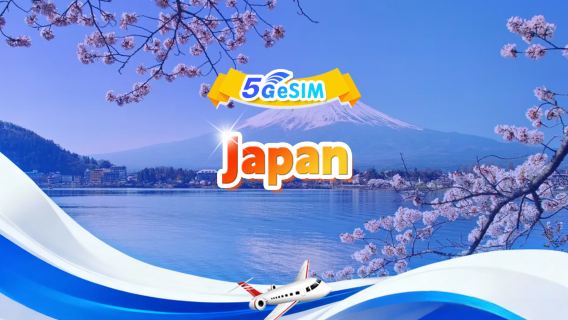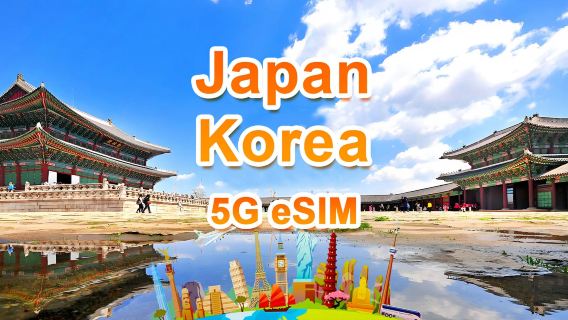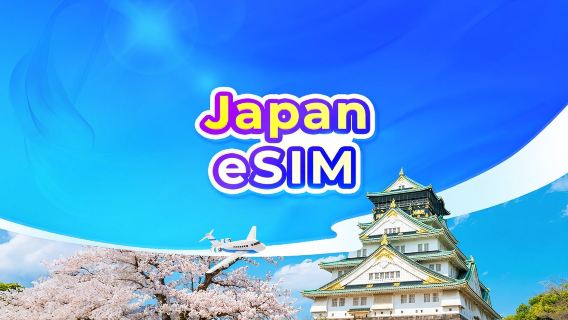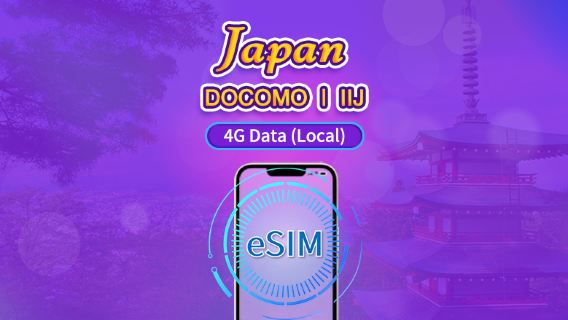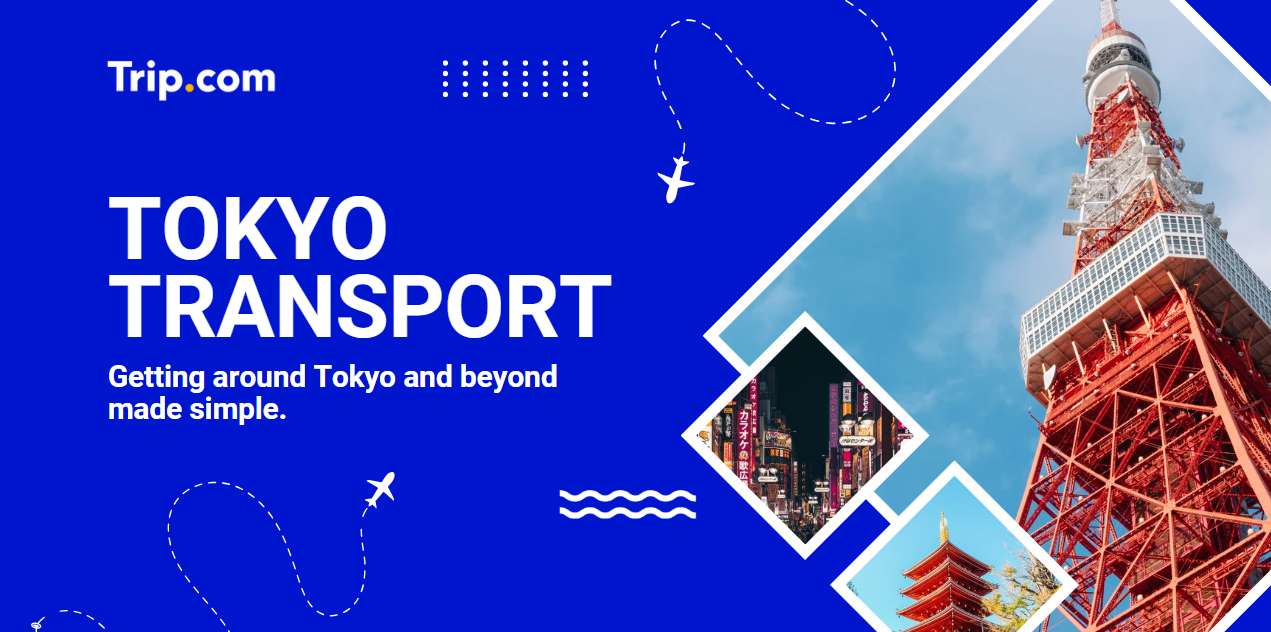
Are you a Filipino going to Tokyo soon? ✈️ Maybe it’s your first time, or maybe you just can’t wait to go back — either way, you’ll want to know the easiest and cheapest way to move around.
Good news — Tokyo’s transport is super easy to use. The trains and buses are always on time, really clean, and safe. Plus, most signs have English, and people are usually nice if you need help.
This quick guide is just for you. We’ll show you simple ways to get around Tokyo — from the airport to the city center, and all the fun spots you want to check out.
✈️ Tokyo Airport Transfers

Flying from the Philippines to Tokyo? Awesome! 🇯🇵 One of the first things you’ll need to figure out is how to get from Narita International Airport (or Haneda) to your hotel in the city. Good news — it’s super easy! Here are the best ways to get from the airport to downtown Tokyo:
🚄 1. Airport Train – Fast & Efficient
Narita Express (N’EX) or Keisei Skyliner from Narita, or Tokyo Monorail from Haneda
From Narita Airport
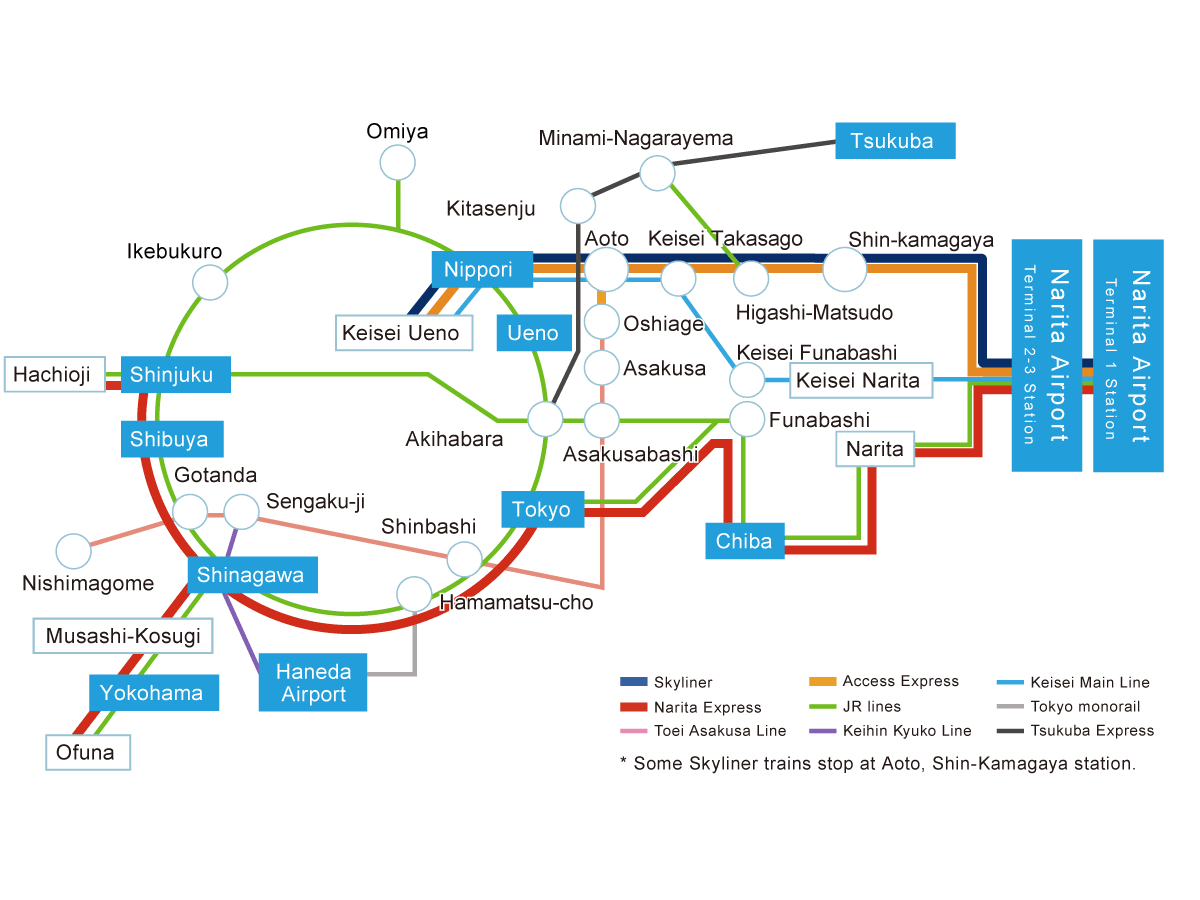
Sources: Narita Airport
- N’EX (Narita Express): About 1 hour to Tokyo Station
- Cost: Around ¥3,000 (₱1,100)
- Skyliner (to Ueno Station): About 45 mins, ¥2,500 (₱900)
- Easy to find — just follow signs for “Railways” or “Train”
From Haneda Airport
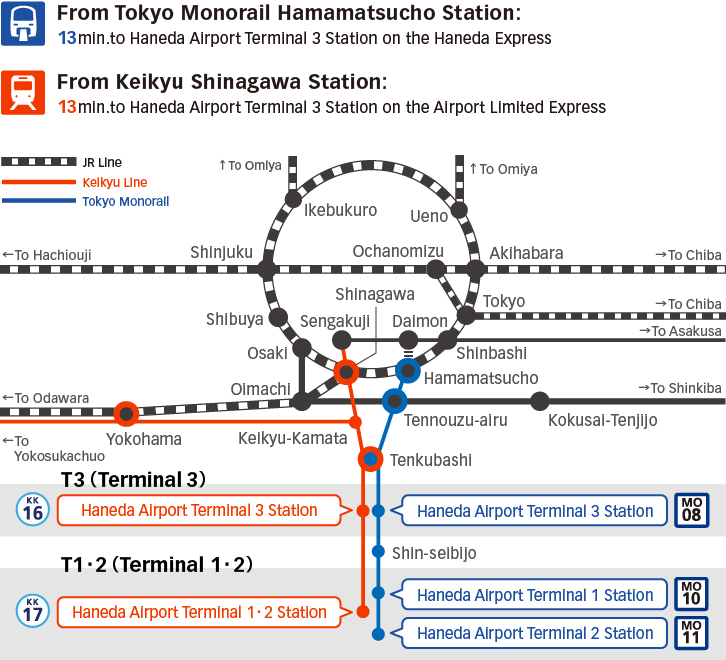
Sources: Haneda Airport
- Take the Tokyo Monorail to Hamamatsucho Station (20 mins)
- Cost: Around ¥500 (₱180)
- Super smooth and scenic!
🚌 2. Airport Limousine Bus – Budget-Friendly & Direct
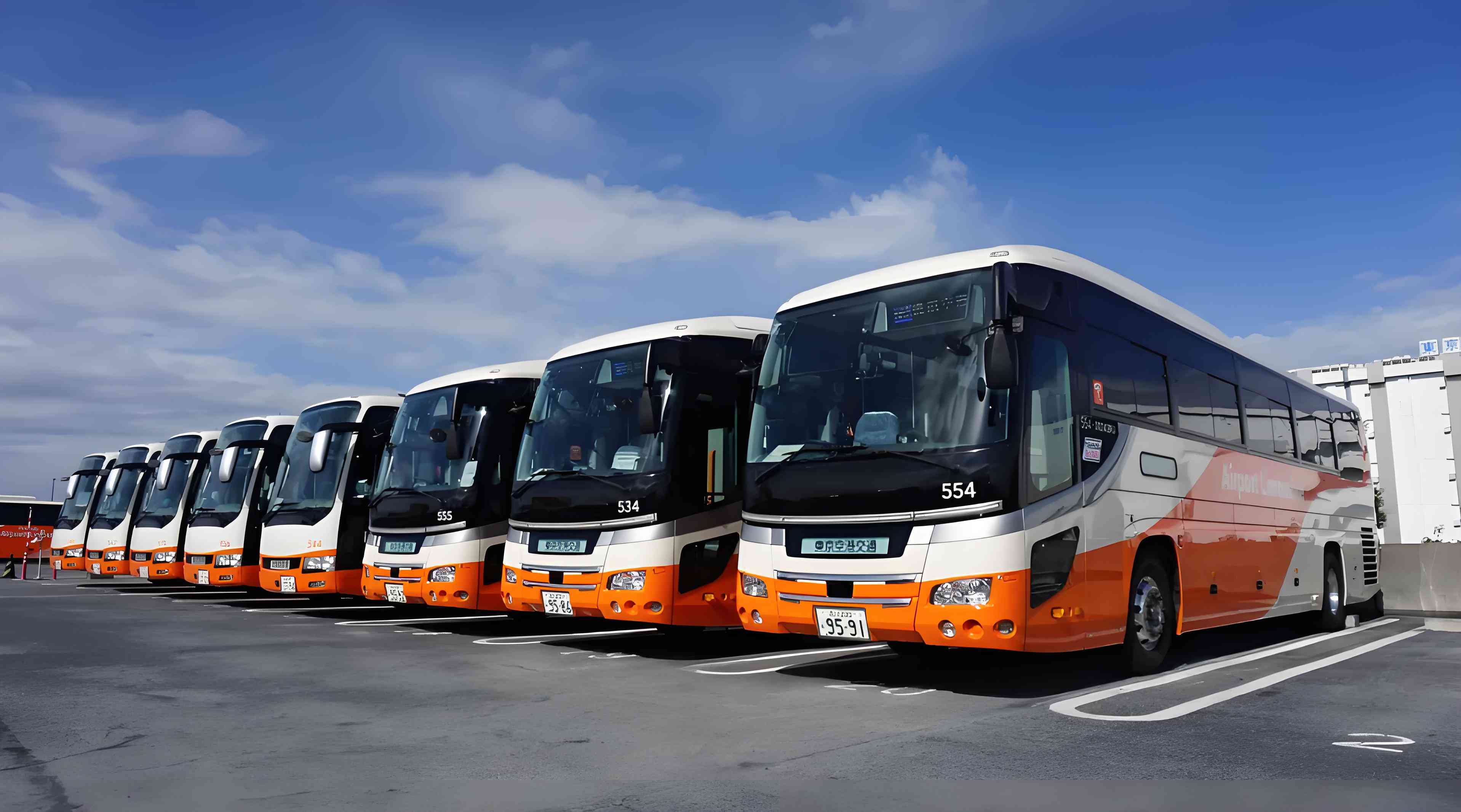
Great if you want to go straight to a major hotel or neighborhood without transfers.
- Travel time: Around 1–1.5 hours (depends on traffic)
- Cost: ¥1,300–¥3,200 (₱450–₱1,200)
- Where to buy tickets: Bus counters at the airport
- Drop-off at major hotels, stations, and neighborhoods like Shinjuku, Shibuya, Ikebukuro
🚖 3. Taxi – Comfortable but Pricey
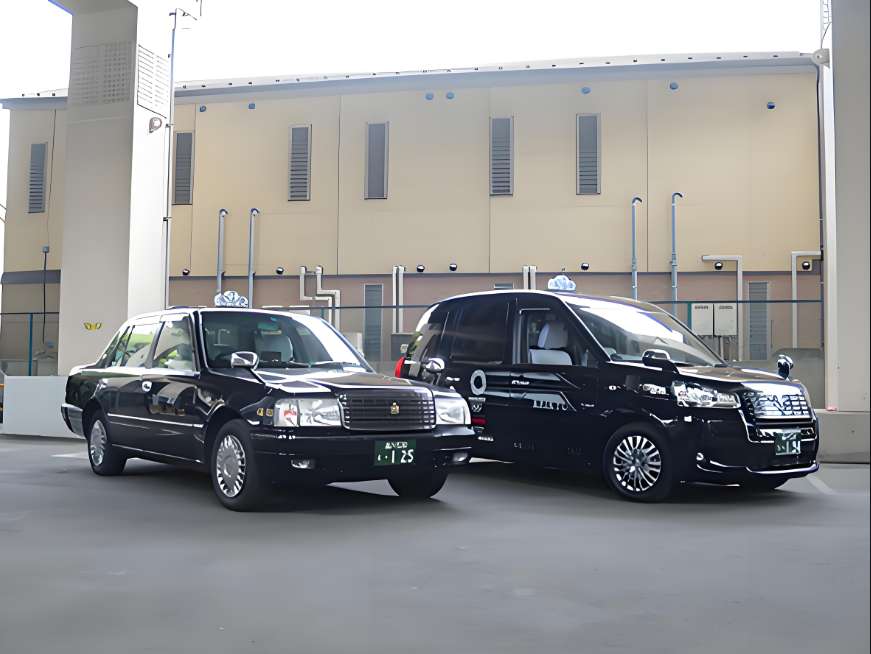
Not the cheapest, but very convenient, especially if you have a lot of bags or land late at night.
- From Narita: About 1.5 hours, ¥20,000–¥30,000 (₱7,000–₱10,000)
- From Haneda: About 30–45 mins, ¥5,000–¥10,000 (₱1,800–₱3,500)
- Where to find: Just follow the “Taxi” signs
- Most accept credit cards or IC cards (like Suica)
📲 4. Book a Private Airport Transfer (Great for Families or Groups)
Want to skip the hassle altogether? Book a private car in advance and your driver will meet you at the arrival hall with your name on a sign.
- Super convenient if you're traveling with kids or a lot of luggage
- Fixed price, no hidden fees
- English-speaking drivers usually available
- Easy to book online before your flight
🚇 Tokyo Metro & Subway Guide
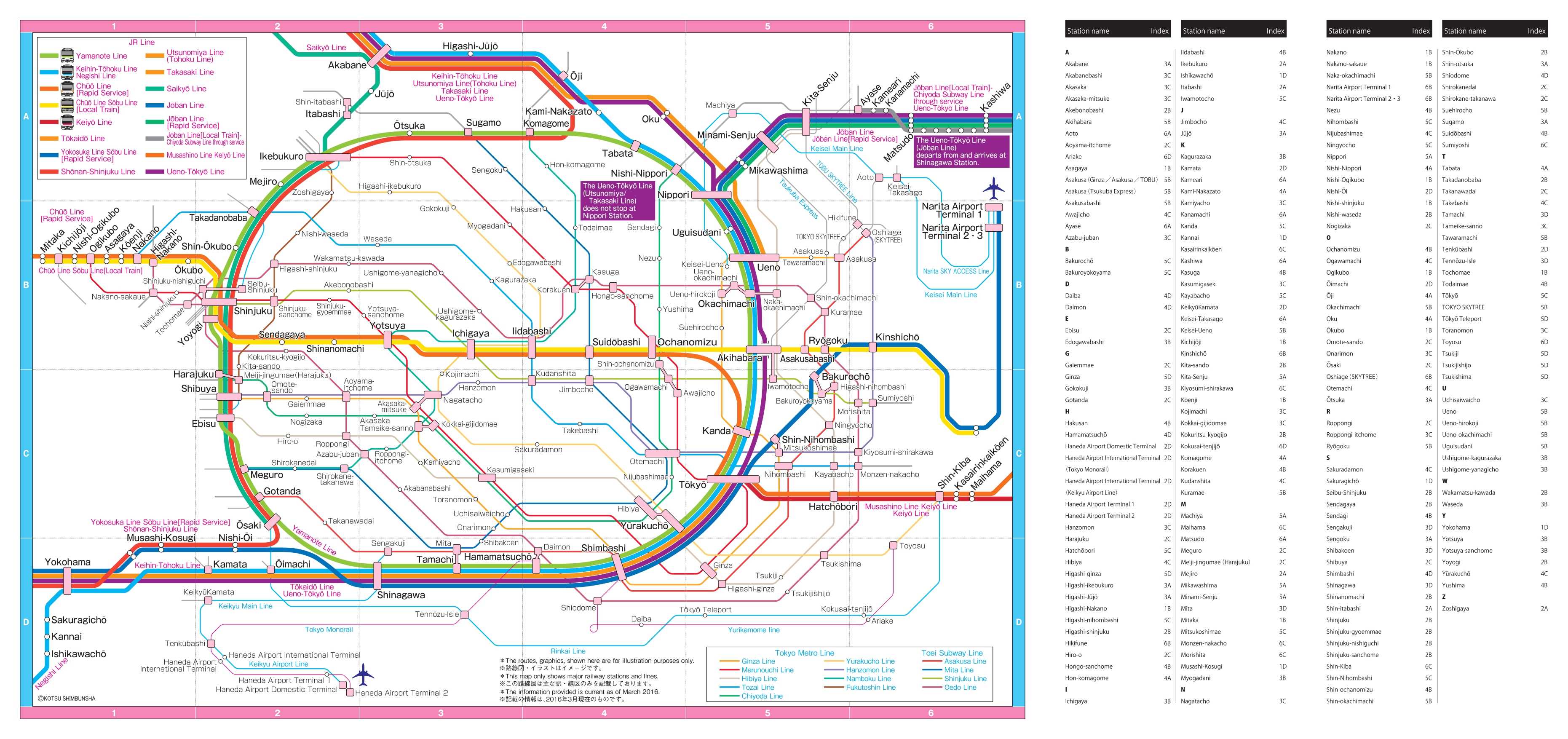
The Tokyo subway system might look a bit overwhelming at first — but don’t worry! It’s clean, safe, and super efficient, and once you get the hang of it, it’s one of the best ways to explore the city. Perfect for first-timers from the Philippines!
📍 Must-Know Stations for Filipino Travelers
Here are some key stops that you'll probably use during your trip:
- Tokyo Station – Major hub for trains (including bullet trains!)
- Shibuya – The famous crossing + great for shopping and food
- Shinjuku – Busy, exciting, lots of restaurants and nightlife
- Asakusa – Visit Sensoji Temple and try traditional snacks
- Ueno – Museums, parks, and a zoo
- Harajuku / Meiji-Jingumae – Youth fashion, crepes, and Meiji Shrine
- Akihabara – Heaven for anime, games, and electronics lovers
- Roppongi – Nightlife and cool art museums
- Tsukiji / Toyosu – Sushi central!
🚇 Subway Basics
Here’s what you need to know to get started:
Info | Details |
|---|---|
🕒 Operating Hours | Around 5:00 AM to midnight (varies slightly by line) |
⏱️ Train Frequency | Every 2–4 mins (peak), 5–10 mins (off-peak) |
🚆 Travel Time | Most city trips: 10–25 mins |
💳 How to Ride
- Get a Suica or Pasmo card from a station or convenience store
- Load it with ¥1,000–¥3,000 (₱400–₱1,100)
- Tap in and out at the gates — just like beep or GCash tap
- Use Google Maps or Japan Transit apps to plan your route
- Follow line colors and station codes — signs are in English too!
⚠️ Quick Tips for First-Time Riders
- 🚷 No eating or drinking on the trains
- 🧼 Keep things clean — locals really value cleanliness
- 🪑 Leave priority seats free for those who need them
- 🤫 Keep voices down — trains are quiet
- 📱 Signal can be weak underground, so download your route in advance
- ❓Lost? Don’t stress — many station staff speak a bit of English and are super helpful!
🚆 JR (Japan Rail) – Exploring Tokyo and Beyond
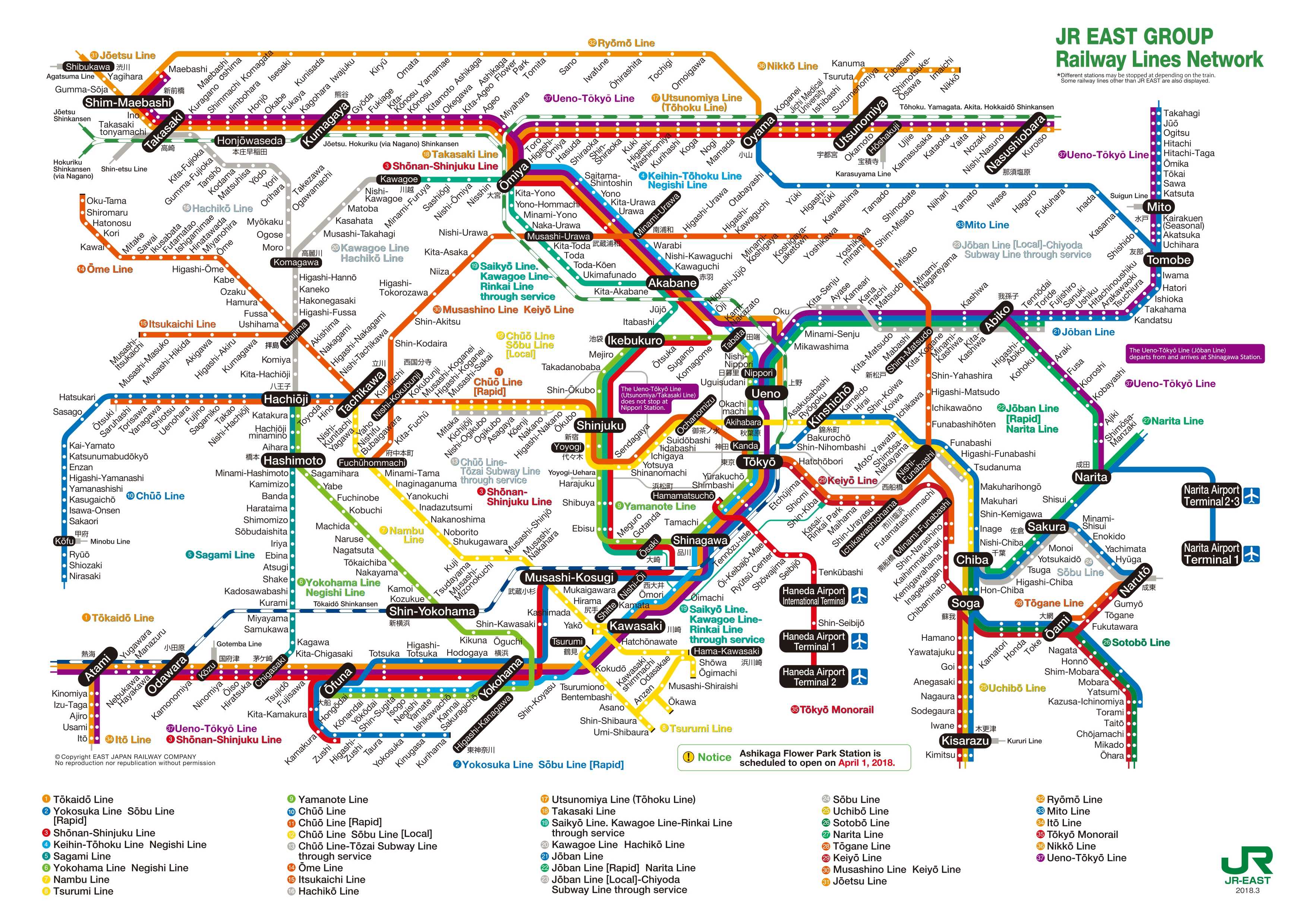
Sources: Japan Rail Pass
If you want to travel around Tokyo — or even outside the city — the JR (Japan Rail) lines are your best friend. These trains are safe, reliable, and go just about everywhere. Perfect if you’re planning side trips or exploring multiple areas in Japan.
JR is different from the subway — it connects the city to other parts of the country, and even small towns and faraway places like Osaka, Kyoto, or Hokkaido.
🚆 JR Train Info
Category | Details |
|---|---|
🕒 Operating Hours | Around 5:00 AM – midnight (may vary) |
⏱️ Frequency | Every 2–10 mins in the city, less frequent in rural areas |
🕰️ Journey Time | A few minutes for city stops, several hours for long-distance trips |
🚉 JR Train Types You’ll See
- Local – Stops at every station (good for short city rides)
- Rapid – Fewer stops, faster
- Limited Express – Reserved seating, more comfort (extra fee)
- Shinkansen (Bullet Train) – For long-distance travel (not included in basic JR ticket)
💳 How to Ride
- Use a Suica or Pasmo card for local JR lines in Tokyo — just tap and go
- For longer trips (like Tokyo to Kyoto), you’ll need a separate JR ticket
- You can also use a Japan Rail Pass if you're traveling a lot around Japan (great for tourists!)
- Tickets available at machines, counters, or online
💰 Sample Fare
- Tokyo to Yokohama: About ¥480 (₱180)
- Tokyo to Osaka (Shinkansen): Around ¥14,000 (₱5,000)
⚠️ Tips for Riding JR Trains
- Trains are very punctual — arrive early!
- Book seats early for holidays or weekends, especially on the bullet train
- Want views? On the way to Mount Fuji, sit on the right side from Tokyo
- Bring snacks or a bento for longer rides — totally allowed and common
- Most long-distance trains have toilets, vending machines, and even Wi-Fi
- Quiet is the norm — keep phones on silent and talk softly
Unmissable Things to Do in Tokyo
🚍 Buses in Tokyo – City & Long-Distance Travel
If you’re looking for a cheap and relaxing way to explore Tokyo or visit places outside the city, buses are a great option. They’re clean, comfortable, and go to areas the trains might not reach.
🚌 City Buses (Within Tokyo)

Sources: Wikipedia
Category | Details |
|---|---|
🕒 Operating Hours | Most buses run from 5:00 AM – 11:00 PM (some have night routes too) |
⏱️ Frequency | Every 5–20 minutes, depending on the route |
⌛ Travel Time | Usually 10–60 minutes depending on traffic |
💳 How to Ride
- Tap your Suica or Pasmo card when you get on (some routes ask you to tap when getting off too)
- One ride costs around ¥210–¥220 (₱80–₱85)
- If you’re paying cash, have the exact amount — no change given
- Signs and announcements are often in English, but Google Maps helps a lot
📍 Where Do City Buses Go?
City buses can take you to spots like:
- Residential neighborhoods
- Parks and shrines
- Local shopping streets
- Areas without direct train access
⚠️ Tips for First-Time Bus Riders
- Use Google Maps to check routes and bus arrival times
- Try the “Toei Bus” app if you want more detailed local info
- Keep your voice down — buses in Japan are usually quiet
- Give up priority seats for elderly, pregnant women, or those with disabilities
🚐 Highway & Intercity Buses (For Longer Trips)
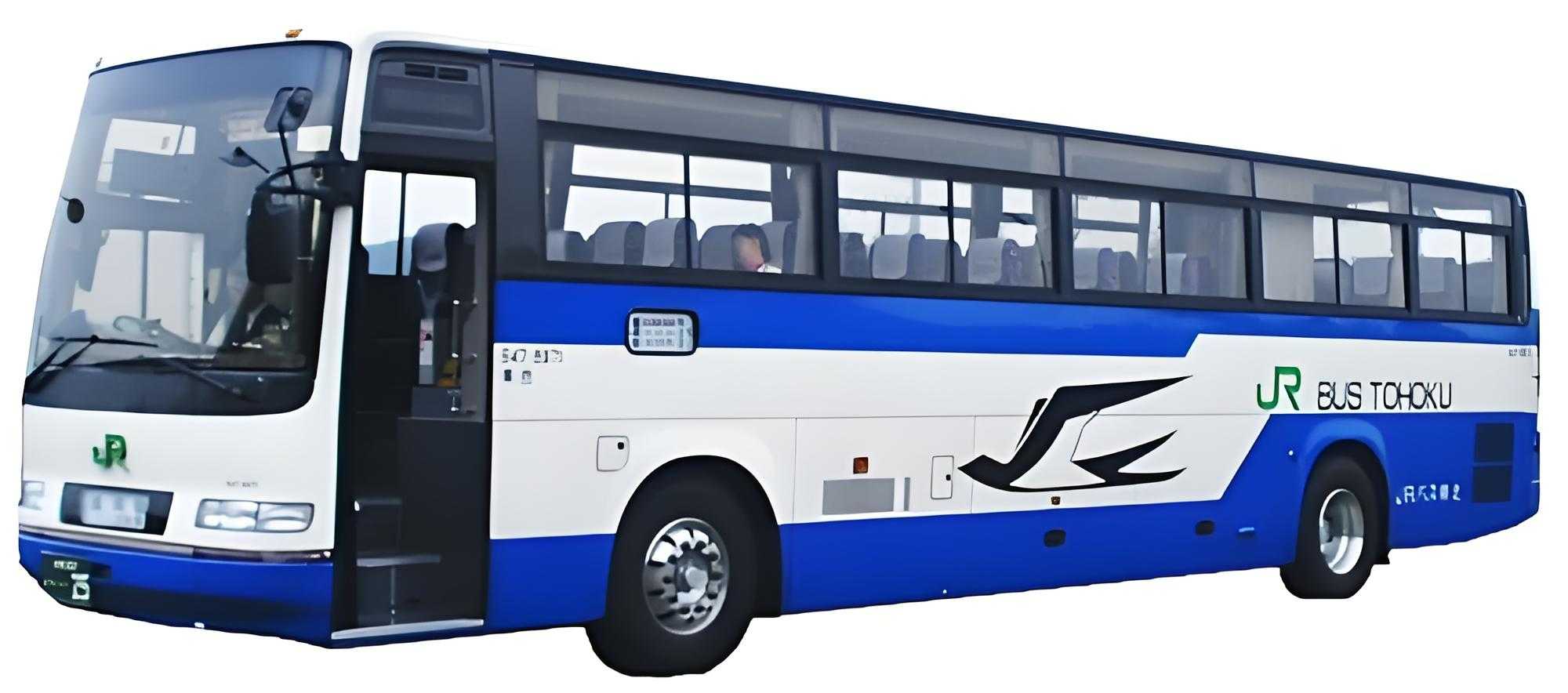
Sources: Japan Guide
Want to visit places like Mt. Fuji, Osaka, or even Nagoya without spending too much? Long-distance buses are a great alternative to bullet trains — cheaper but comfy (and sometimes overnight!).
From Tokyo | Approx. Time | Fare |
|---|---|---|
Tokyo → Mt. Fuji (Kawaguchiko) | 2–2.5 hours | ¥2,000–¥2,500 (₱700–₱900) |
Tokyo → Osaka (overnight bus) | 8–9 hours | ¥3,500–¥6,000 (₱1,300–₂,200) |
Tokyo → Nagoya | 5–6 hours | ¥2,500–¥4,000 (₱900–₱1,500) |
🎟️ Where to Book?
- You can buy tickets online (sites like Willer Express or Japan Bus Online)
- Or book at bus terminals like Shinjuku Expressway Bus Terminal
- Seat reservations are usually required — book early on weekends
Explore the Top Places to Stay in Tokyo
🚕 Taxis & Ride-Hailing in Tokyo
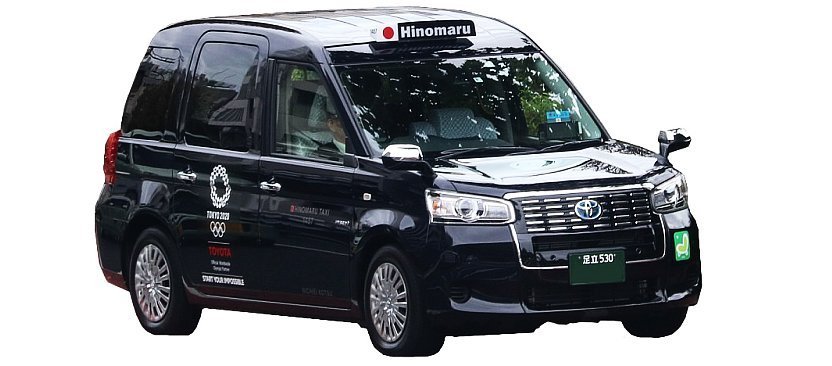
Sources: Japan Guide
Tired from all the walking? Or it’s late at night and the trains have stopped? Don’t worry — taxis in Tokyo are super clean, safe, and reliable. While they’re a bit pricey, they’re a good option when convenience matters most.
🚖 Taxi Basics
Category | Details |
|---|---|
🕒 Operating Hours | 24 hours a day |
💰 Starting Fare | Around ¥500–¥600 (₱180–₱220) for the first 1–1.2 km |
💳 Payment | Most accept cash, credit cards, Suica/Pasmo, and even QR payments |
💡 Good to Know
- Most drivers don’t speak English, so it’s best to show your destination written in Japanese or use a translation app
- Doors open and close automatically — no need to touch them!
- No need to tip — it’s not expected in Japan
- Fares increase slightly late at night (usually after 10 PM)
- Taxis are usually black, white, or yellow with a light on top
📱 Ride-Hailing Apps in Tokyo
Want to avoid language barriers? Try using an app — easy and hassle-free.
Popular options:
- Uber – Available in Tokyo, usually uses regular taxis
- GO – Japan’s most used taxi app (great if you’re staying a while)
- DiDi – Offers promos sometimes, English-friendly
- S.Ride – Another local app linked with Tokyo taxis
🚲 Bike Sharing in Tokyo – Explore on Two Wheels!
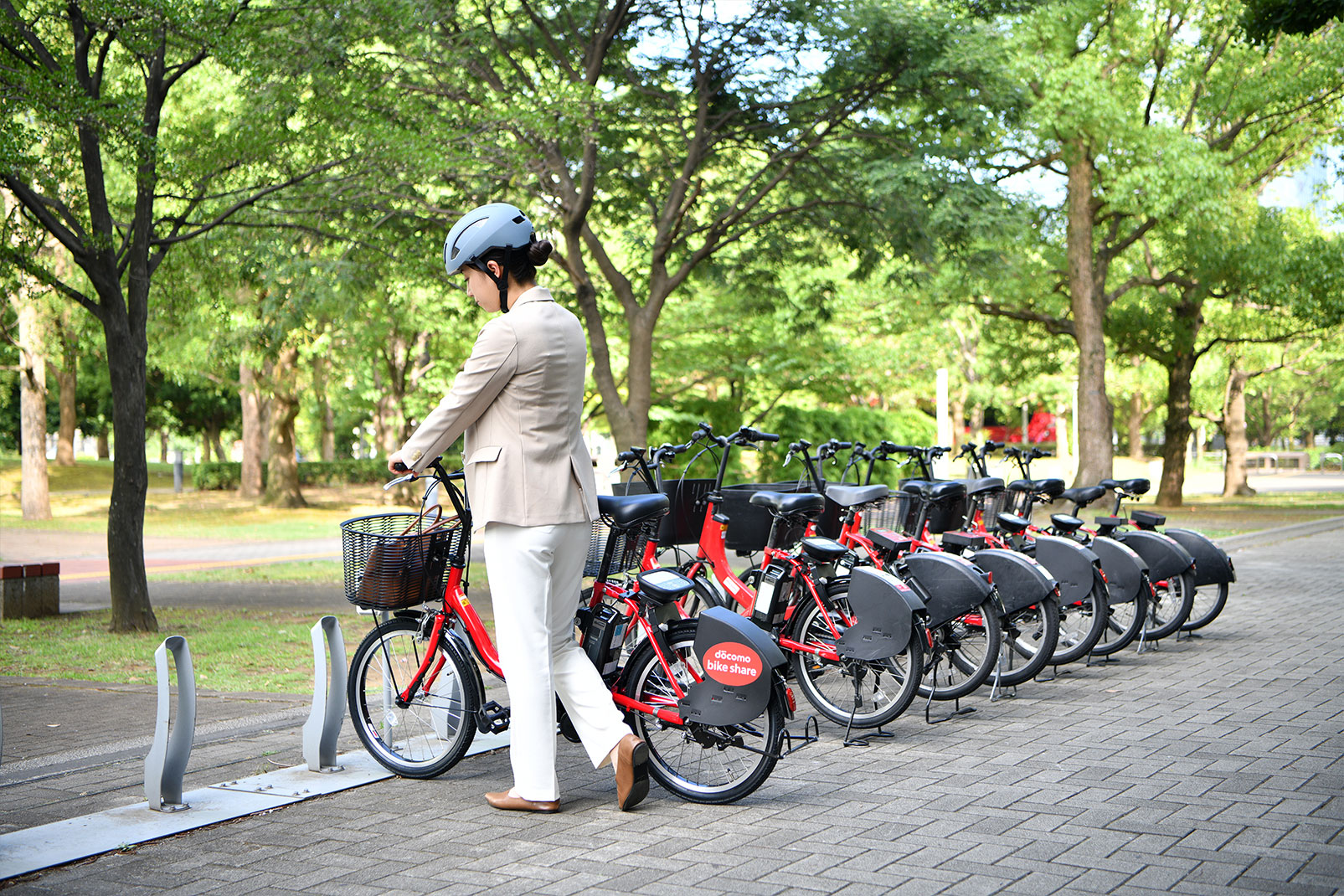
Sources: Docomo Cycle
Want a chill, eco-friendly way to get around Tokyo? Bike sharing is a fun option — perfect for cruising around parks, rivers, or quiet neighborhoods. It’s affordable, convenient, and a nice break from the trains.
🚲 Basic Info
Category | Details |
|---|---|
🕒 Operating Hours | 24/7 — you can rent and return bikes any time |
🚲 Availability | Lots of bikes at most stations in central Tokyo |
⏱️ Ride Time | Up to you! Most people ride for 30–60 minutes |
💳 How to Rent a Bike
- Download a bike-sharing app like Docomo Bike Share, HELLO CYCLING, or LUUP
- Sign up using your phone number and credit/debit card
- Find a nearby docking station on the map
- Scan the QR code to unlock the bike
- Ride and return the bike to any docking station when done
💰 How Much Does It Cost?
- Starts at ¥150–¥200 for 30 minutes (₱55–₱75)
- Extra charges if you go beyond that
- Payment is automatic through the app
⚠️ Tips for a Safe & Smooth Ride
- 🛣️ Stick to bike lanes or quiet roads — avoid riding on the sidewalk
- 🅿️ Always return the bike properly to avoid extra fees
- ✅ Check the brakes and tires before you start
- 🧢 Bring a cap and water — it gets hot in summer!
- 📍 Great places to bike: Ueno Park, Yoyogi Park, Sumida River Path, or near Tokyo Bay
Unlock the Best Flights to Tokyo
🚶 Walking Around Tokyo – Is It Walkable?
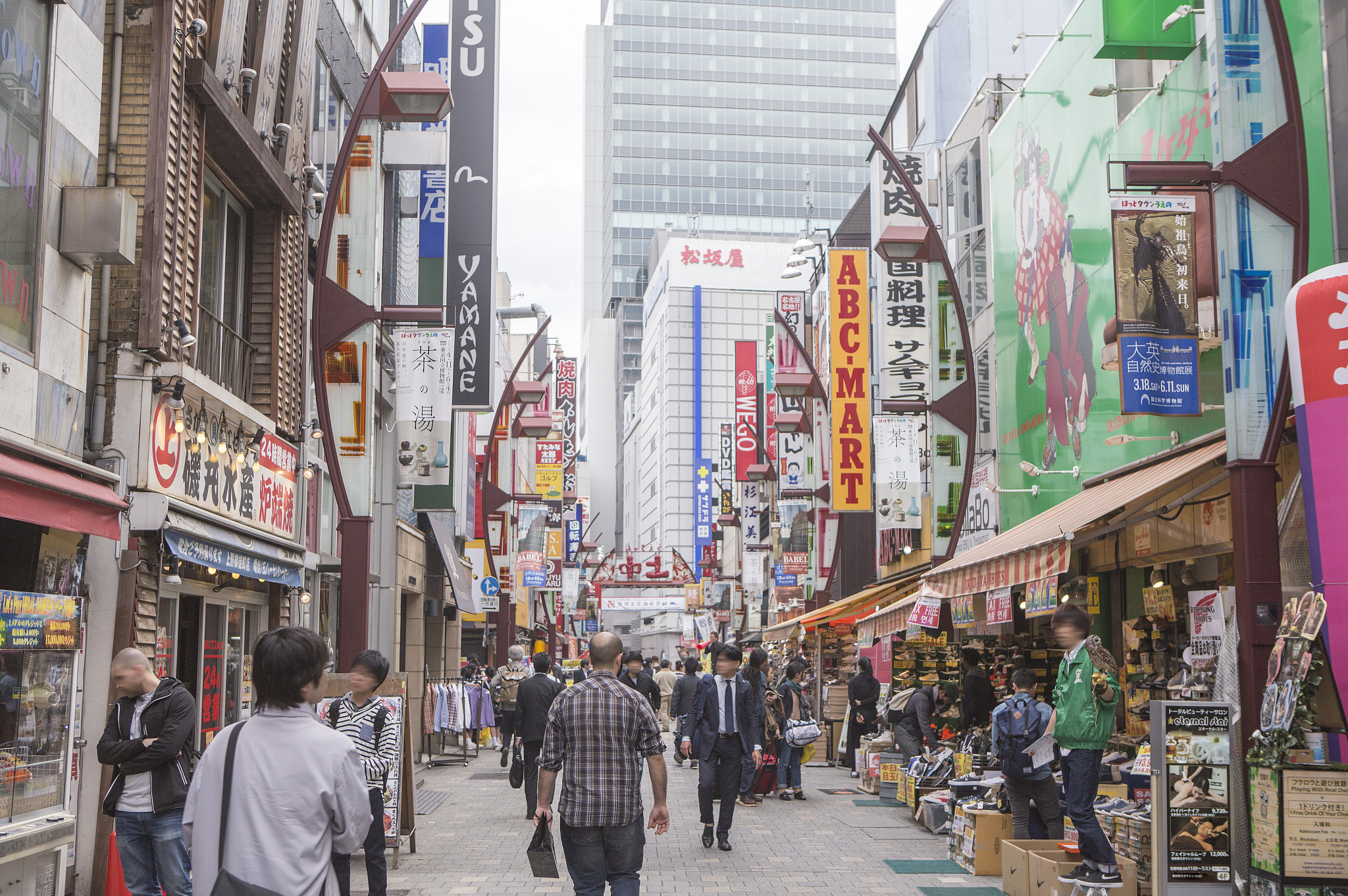
Short answer: Yes! Tokyo is super walkable — clean, safe, and full of little surprises on almost every street. You’ll find temples hidden between skyscrapers, quiet alleys with tiny cafes, and cute shops tucked into side streets. If you're staying in areas like Shibuya, Shinjuku, Asakusa, or Ueno, you can easily explore just by walking!
🛣️ City Walks in Tokyo
- Google Maps works great in Japan — use it to plan your routes
- Most street signs are in English and Japanese
- Sidewalks are everywhere and usually wide and well-maintained
- Super safe — even at night, many streets are well-lit and people are still out
🌦️ Best Time to Walk Around
- Spring (Mar–May): Cherry blossoms and cool air — perfect for strolling
- Autumn (Oct–Nov): Colorful leaves and clear skies
- Summer (Jul–Aug): Very hot and humid — walk early or late, bring water
- Winter (Dec–Feb): Cold but clear — just bundle up, especially at night
📸 Nice Walking Spots in Tokyo
- Asakusa to Ueno: Classic Tokyo vibes, temples, street food
- Meiji Shrine to Harajuku: Peaceful forest to trendy shopping
- Shibuya backstreets: Cool cafes, local shops, less touristy than the crossing
- Sumida River Walk: Great views of Tokyo Skytree, especially at sunset
- Yanaka District: Old-town charm and slower pace
⚠️ Walking Tips
- 🚧 Some small streets don’t have sidewalks — just stay alert
- 🛍️ Crowds can build up near shopping areas and stations
- 🥵 In summer, bring a bottle of water, hand towel, or even a mini fan
Recommended eSIMs Options for Japan
💳 Suica & PASMO Cards
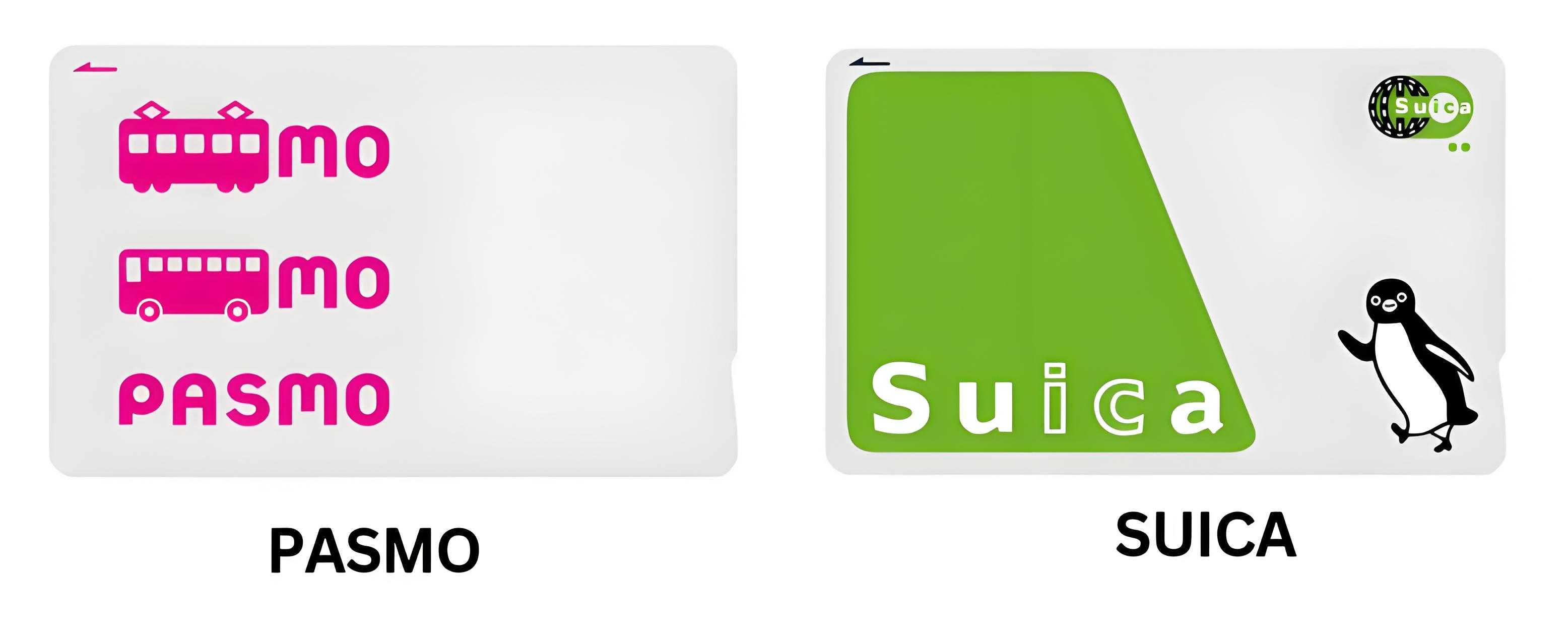
When you're in Tokyo, no need to buy train tickets every time. Just tap in and out with a Suica or PASMO card — Japan’s version of an EZ-Link or Octopus card!
These reloadable IC cards are super handy for:
🚇 Trains & Subway (JR, Tokyo Metro, etc.)
🚌 Local Buses
🚖 Some taxis
🏪 Convenience stores (7-Eleven, Lawson, FamilyMart)
🥤 Vending machines & shops
🔄 Suica vs. PASMO – What’s the Difference?
Card | Where to Get It | Color/Design |
|---|---|---|
Suica | JR stations (like Tokyo Station) | Green with a penguin 🐧 |
PASMO | Metro or private train stations | Pink and silver |
👉 They work the same way — just choose whichever one is easier to find!
💰 Where to Buy & Load
- Available at airport train stations (Narita, Haneda), or any big station
- Card price: ¥500 deposit + your load (e.g. ¥1,500 total to start)
- Reload at ticket machines or convenience stores
- Minimum reload: usually ¥1,000
🛫 Can I Return the Card?
Yes! You can return Suica at JR stations and PASMO at Metro/private railway stations to get your deposit and leftover balance (minus a small fee).
Note: Return it before leaving Japan — it’s hard to refund from abroad.
📌 Tokyo Tip:
These cards also work in other major cities (like Osaka, Kyoto, Nagoya). One card for almost everywhere = no stress!
✅ Which Transport Should You Take in Tokyo?
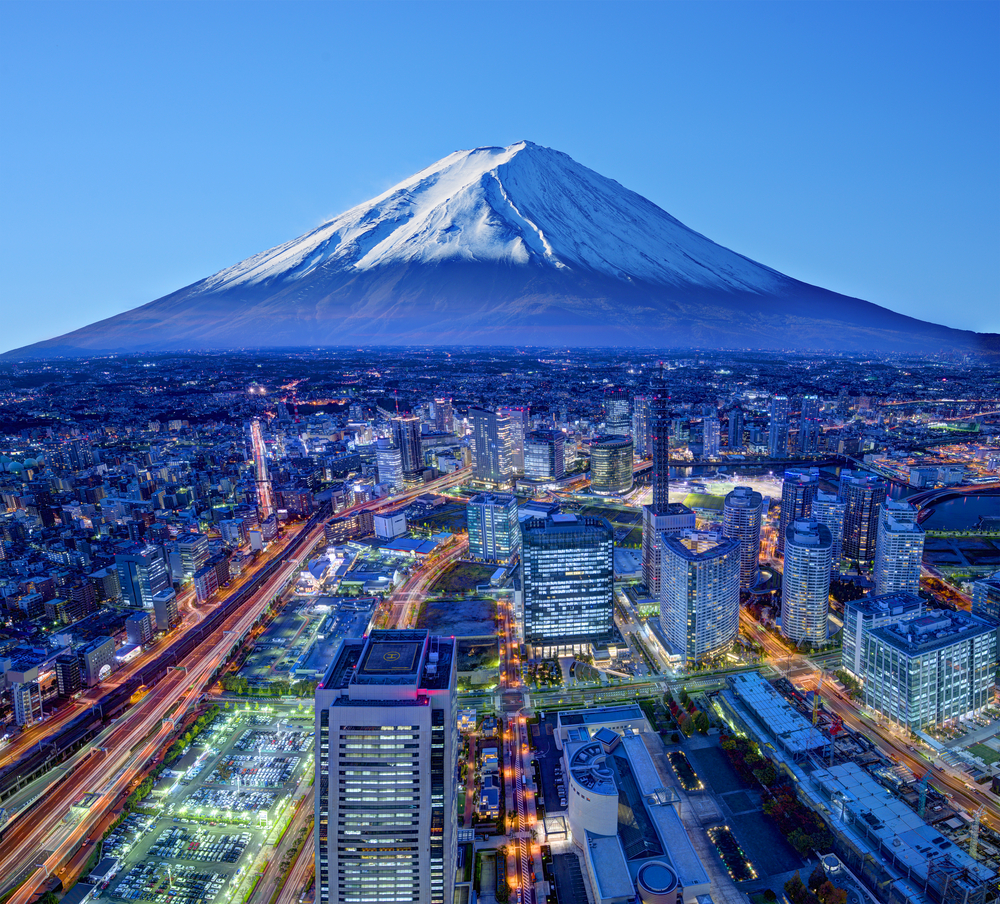
Not sure how to get around? No worries — Tokyo has tons of great options. Here’s a quick guide to help you pick what fits your travel style:
| If you want to... | Best Option |
|---|---|
Get around fast and easy | 🚇 Tokyo Metro / JR Trains |
Go somewhere trains don’t reach | 🚌 Local Bus |
Travel late at night or with big luggage | 🚕 Taxi or Uber |
Save money and enjoy the city slowly | 🚶♂️ Walking or 🚲 Bike Sharing |
Take a day trip (Mt. Fuji, Nikko, Hakone, etc.) | 🚆 JR Lines |

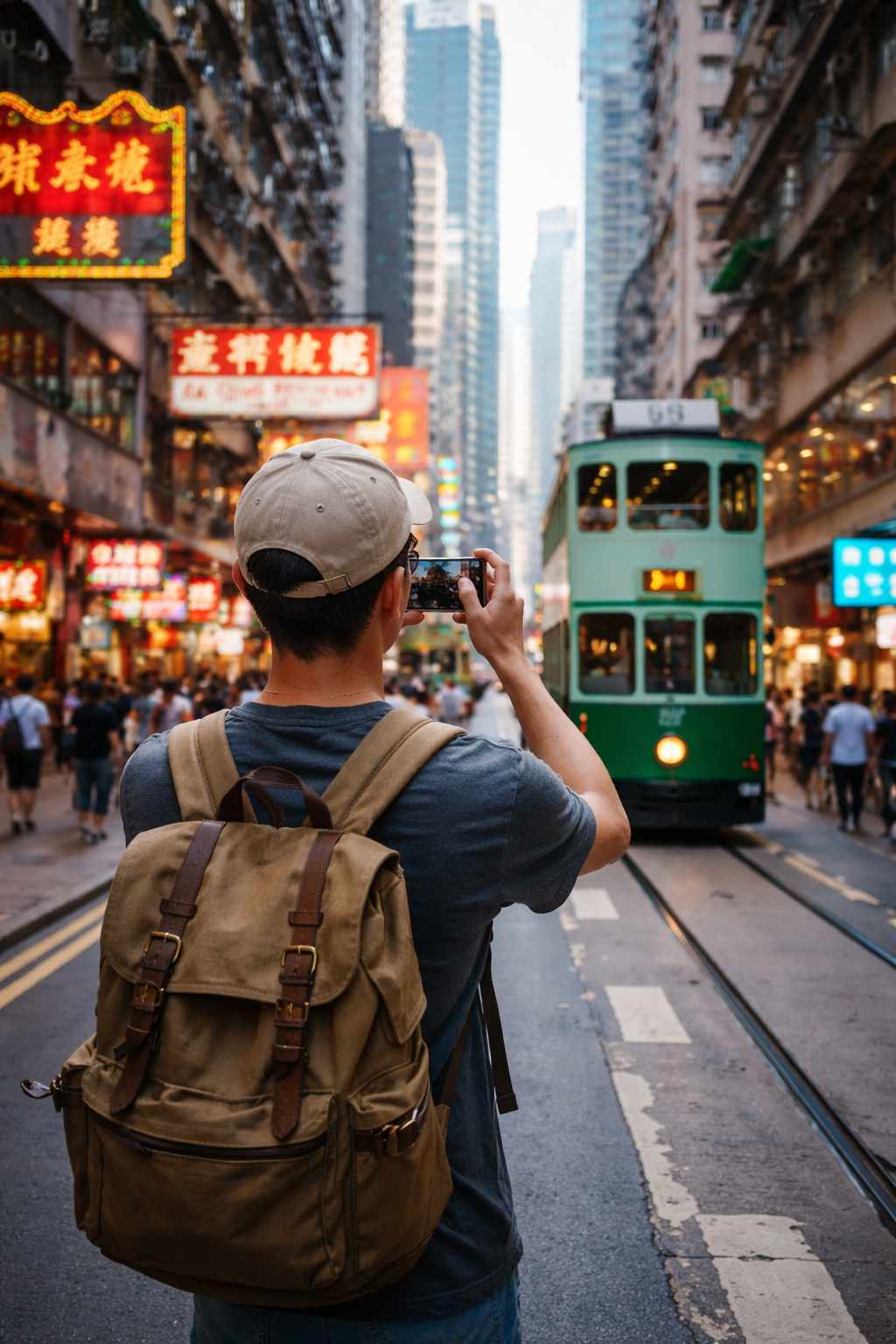
 4158 booked
4158 booked